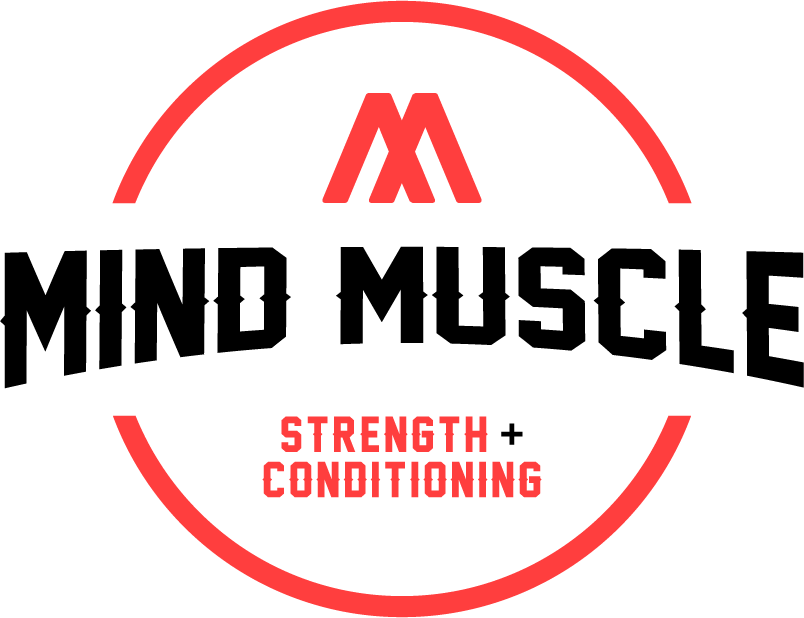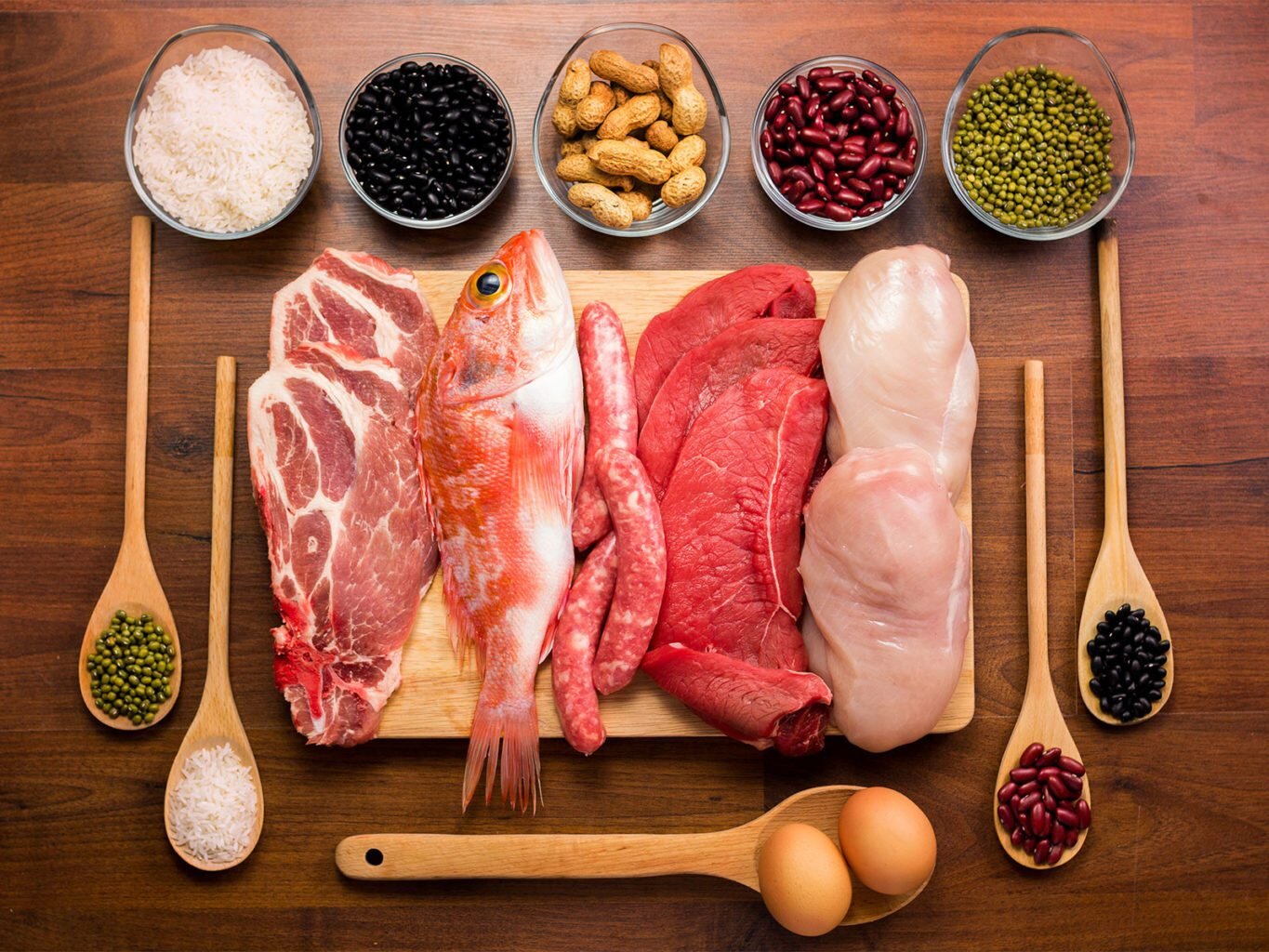51 Best High Protein Foods For Building Lean Muscle
Protein has never been more popular.
I still remember when buying protein powder was considered odd and all you could get was tubs of shitty Maxi-muscle whey protein hidden away in the back of a tiny shop you felt too small and weak to go into in the first place.
Now protein is so popular every food producer’s cramming the stuff into their products and slapping ‘Protein’ on the label. You granny probably has her won supplement line these days!
Now you can start your day with a bowl of Weetabix Protein, dine on high-protein bread or pasta, and snack on a protein-packed Mars bar in between, washing it all down with protein-enriched water.
To be honest, it’s all VERY gimmicky and unnecessary that’s why I’ve put this list together of the top protein sources from ‘real food’ and a few notable supplements.
Now remember you should be counting all your macronutrients to make sure you’re getting the right amounts of each every day.
Read my blog post on calculating your macros for fat loss to work out your daily numbers.
So What is Protein and What is it for?
Protein makes up the building blocks of all your organs, your muscles, skin, hormones and pretty much everything that matters in your body.
Stressing a muscle through daily activity, aerobic exercise, or resistance training breaks down its muscle fibres. These muscle fibres must then be repaired. In order for repair to take place, the body must have all the amino acids required to synthesise muscle proteins.
This is why you should eat high-quality protein sources at every meal. You literally are what you eat.
The big question is how much protein is ideal to maximize lean muscle growth without additional fat storage?
Consuming around 0.8-1 gram of protein for every lb of bodyweight has been the standard for years and it works great.
Contrary to popular belief, protein is not the be all and end all of muscle growth, you don't need to chug tons of it every day....that's what tasty ass carbs are for!
If you are training frequently and already have a fairly lean body consume between 1-1.2 grams of protein per lb of bodyweight to maximize growth.
It is also commonly recognized that higher levels of protein intake are needed when someone is cutting to lose body fat while trying to maintain lean muscle mass.
Aim for 1.2-1.4g per lb of bodyweight.
There are multiple health benefits of a high protein diet from helping you lose weight, losing belly fat, decreased blood pressure and cholesterol to increasing your muscle mass and physical strength.
So before you run down to the supplements shop or burn money on protein-enriched food to meet your protein goals, take a look at my list of high-protein foods.
There is really very little reason that you can’t get your protein intake from real foods.
The list is broken down in to protein content per 100g and into individual food groups - meat, seafood, vegan/vegetarian, eggs, dairy, nuts, seeds, legumes and supplements.
MEAT
1. Beef Biltong - Protein content: 50-60g
2. Beef jerky - Protein content: 30-40g
3. Beef - Protein content: 20-24g
4. Turkey - Protein content: 30g
5. Chicken Breast - Protein content: 24g
6. Pork loin - Protein content: 17-20g
7. Lamb - Protein content: 20g
SEAFOOD
8. Tuna steak - Protein content: 32g
9. Canned tuna - Protein content: 25g
10. Salmon - Protein content: 24g
11. Cod - Protein content: 20g
12. Mackerel - Protein content: 20g
13. Sardines - Protein content: 21g
14. Prawns - Protein content: 15-18g
15. Mussels - Protein content: 18g
EGGS & DAIRY
Cheeses (except low fat cheeses) should ALWAYS be considered a FAT source with protein and not strictly a protein source.
16. Eggs - Protein content: 13g
17. Milk - Protein content: 3-4g (per 100ml)
18. Parmesan - Protein content: 32g
19. Cheddar - Protein content: 25g
20. Mozzarella - Protein content: 18g
21. Cottage cheese - Protein content: 10g
22. Greek yogurt - Protein content: 10g
23. Quark cheese - Protein content 10g
NUTS & SEEDS
Nuts, Nut Butters and Seeds are FAT sources with protein and not to be relied on as primary protein sources.
24. Pumpkin Seeds - Protein content: 30g
25. Peanuts - Protein content: 25-28g
26. Almonds - Protein content: 21g
27. Pistachios - Protein content: 20g
28. Cashew nuts - Protein content: 18g
29. Chia seeds - Protein content: 17g
30. Walnuts - Protein content: 15-17g
31. Brazil nuts - Protein content: 14g
LEGUMES & GRAINS
Legumes and Grains should often be considered as CARBOHYDRATE sources with protein and are only primary sources for Vegans and Vegetarians.
32. Edamame beans - Protein content: 13g
33. Oats - Protein content: 10g
34. Lentils - Protein content: 7-9g
35. Chickpeas - Protein content: 7g
36. Kidney beans - Protein content: 8g
37. Peas - Protein content: 6g
38. Quinoa - Protein content: 5g (cooked)
GAME & EXOTIC MEATS
39. Venison - Protein content 30g
40. Ostrich Steak - Protein content 26g
41. Kangaroo Steak - Protein content 23g
42. Crocodile - Protein content 18g
VEGAN & VEGETARIAN
43. Hemp Seed - Protein content 31g
44. Seitan - Protein content 25g
45. Mycoprotein (Quorn) - Protein content 15g
46. Buchwheat - Protein content 13g
47. Tofu/Soy - Protein content 8g
SUPPLEMENTS
We'll round out our list with the obvious supplemental options, the easy choice. There is nothing wrong with having a protein shake but this list should show you there are at least 47 other ways to get your protein in!
48. Whey - Protein content 80g
49. Micellar Casein - Protein content 88g
50. Pea protein - Protein content 75g
51. Brown Rice Protein - Protein Content 75g











